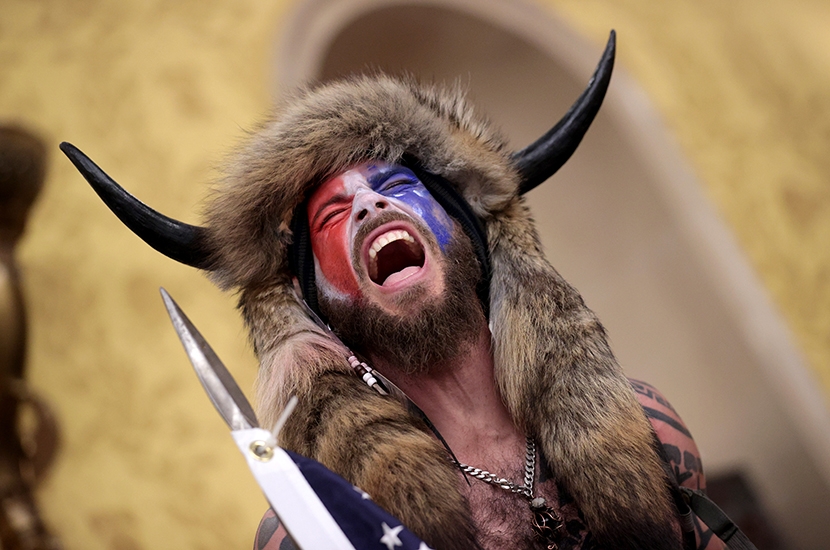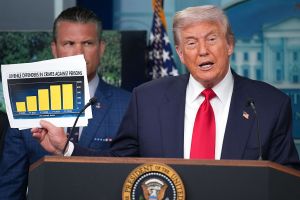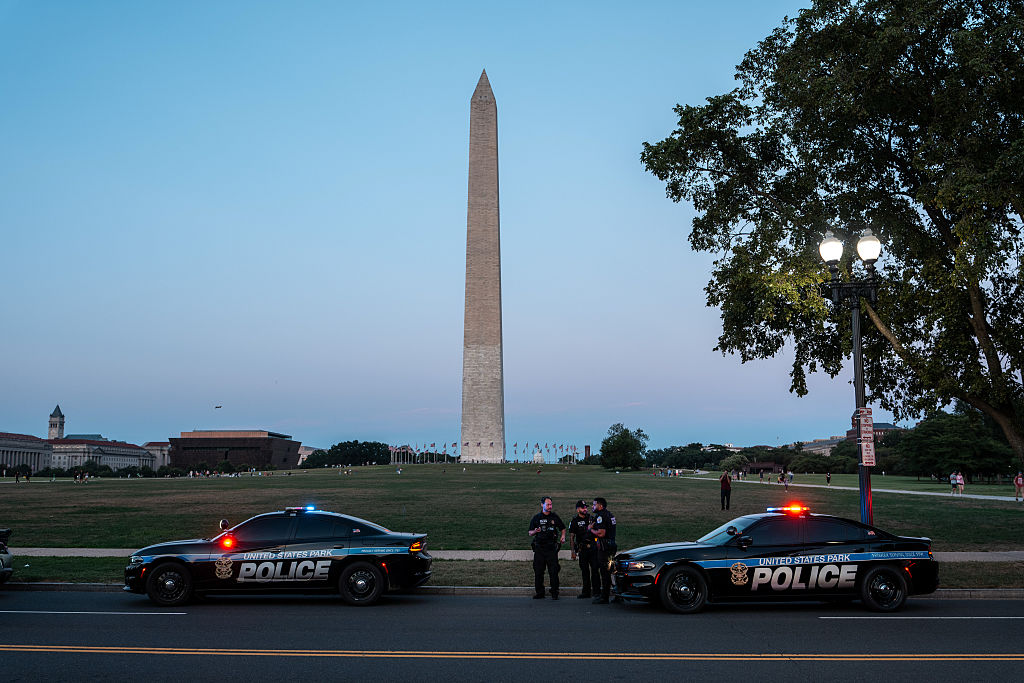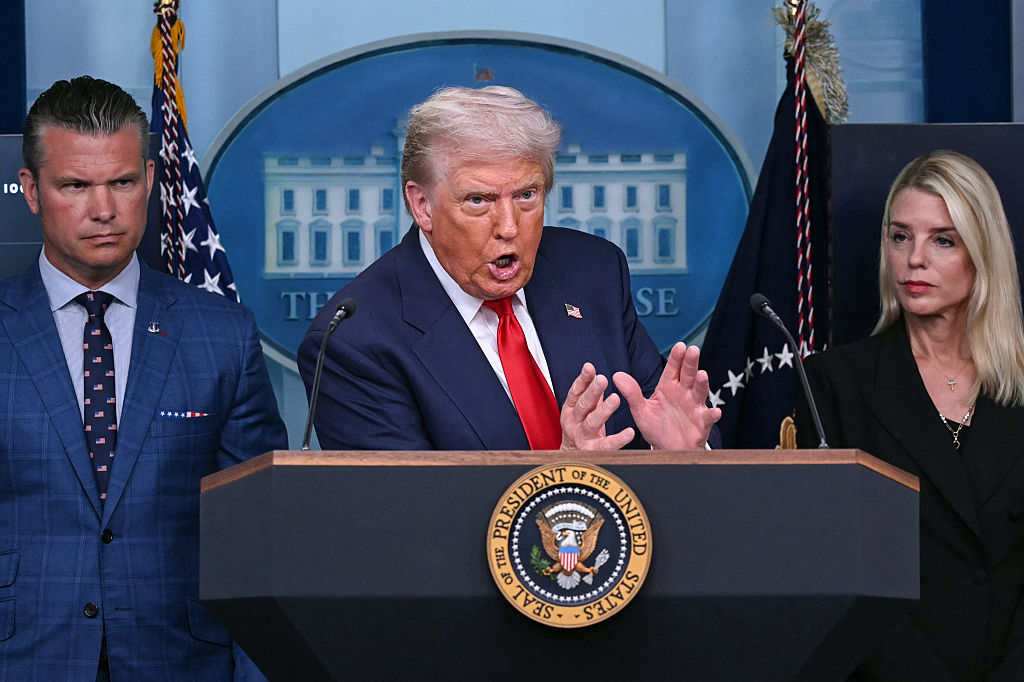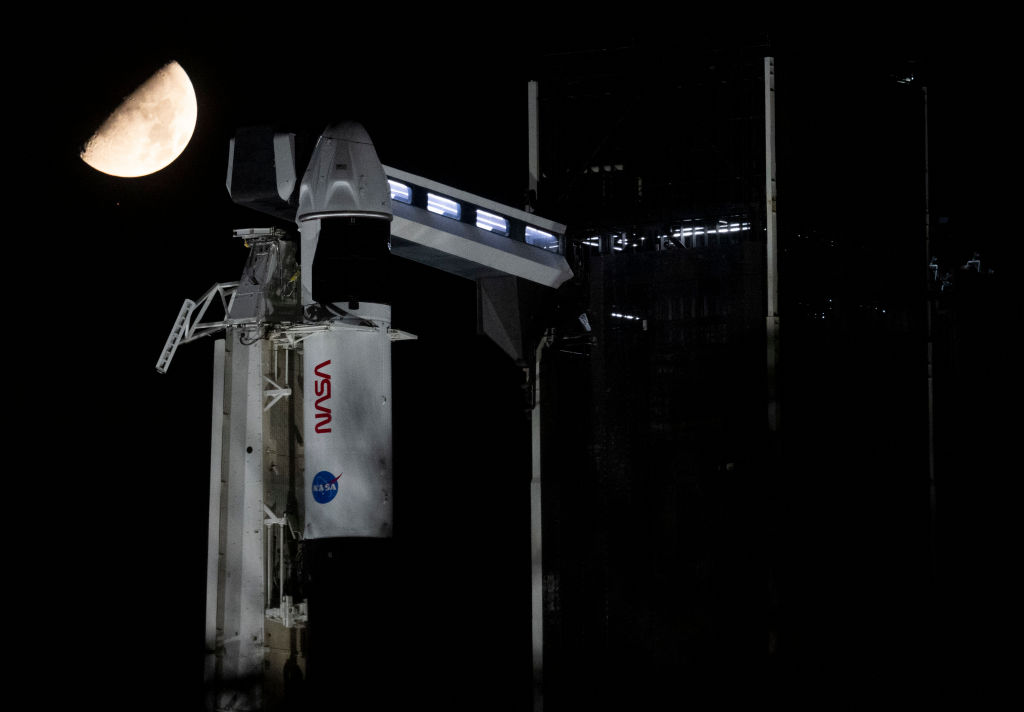Half a decade ago, with America’s elites trying to make sense of the rise of Donald Trump, an essay from the Sixties made a surprising comeback. Richard Hofstadter’s “The Paranoid Style in American Politics” became part of the conversation over fifty years after it was first published in Harper’s. It was less something concerned citizens actually read, more something they mentioned at dinner parties to sound smart.
Writing with Barry Goldwater’s 1964 presidential bid in the background, Hofstadter described in pseudo-psychological terms what he saw as the right’s tendency towards the paranoid style, a phrasing he chose “simply because no other word adequately evokes the sense of heated exaggeration, suspiciousness and conspiratorial fantasy that I have in mind.” At the time of the essay’s publication, the historian’s analysis was catnip to liberal readers in search of confirmation of their prior assumptions about the transformations underway on the right. More than half a century later, the essay would serve the same purpose. A longer version of Hillary Clinton’s infamous “deplorables” comment, it offered a convenient explanation for Trump’s victory that required no serious self-examination. Populism was a condition to be diagnosed, not a viewpoint to be taken seriously.
Those seduced by the “paranoid style” thesis in 2016 would find plenty of evidence to support their view in the years that followed. If you were convinced your opponents were a bunch of kooky conspiracy theorists, the shirtless “Q” shaman charging through the Capitol as Trump refused to concede the result of the 2020 election probably didn’t do much to dispel the notion. But for all the ways in which elements of the MAGA movement descended into tinfoil-hat craziness (coming soon to a flat-earther conference near you: former national security advisor Michael Flynn), the striking thing about paranoia in politics today is its ubiquity.
In that sense, the Trump years proved Hofstadter wrong. Not because of the sober-mindedness of the right, but because of the nuttiness on display across the political spectrum. Hofstadter saw something unique in the paranoia of right-wing populists. We now know that in the paranoia stakes, the right is nothing special. The establishment left demonstrated embarrassing gullibility about the forty-fifth president. And Trump’s departure hardly calmed things down.
Welcome to the United States of Paranoia. Hofstadter described “the paranoid spokesman” who “sees the fate of conspiracy in apocalyptic terms” and “is always manning the barricades of civilization. He constantly lives at a turning point.” That could describe many on the right today. But it could describe plenty of others too: left-wing journalists convinced that Elon Musk’s acquisition of Twitter was an existential threat to free expression, or Democrats — including the president — who claimed that democracy itself was on the ballot last November.
At times it can seem as though the country is stuck in a vicious cycle in which one side’s paranoia feeds the other’s. Apocalyptic thinking justifies all sorts of bad behavior — and when real misdeeds are exposed, the paranoia only grows. The revelations in the Twitter Files — which, as Roger Kimball writes, include evidence of collusion between social media firms and the FBI ahead of the 2020 election — are an example of that dynamic. Something similar happened with Covid: paranoia over vaccine skepticism led to self-defeating censorship and dishonesty that only deepened the distrust it was designed to address.
Mounting a defense of paranoia, Bridget Phetasy quotes Hunter S. Thompson: “There is no such thing as paranoia. Your worst fears can come true at any moment.” This may be a truth a brilliant eccentric is willing to grapple with, but it is hardly the basis for a stable democracy. How to break the cycle and restore some sanity? It starts with a bit more humility about what we know and what we don’t — especially among America’s elites.
In recent years, an unholy alliance of government, Big Tech and the mainstream media have sought to narrow the range of acceptable views on important questions. Among them: how did the pandemic start? As has been well-documented, the plausible lab-leak theory was initially shut down, labeled an implausible, fringe and racist conspiracy theory, but it gets more convincing the more we learn. Much of this censorship has been prosecuted as part of the war on “misinformation” — itself a creation of elite paranoia — that has been completely self-defeating. It turns out that lying to people is not a very effective way to win back their trust. Nor is pandering, with “paranoid spokesmen” telling their side of a divided country what they want to hear. Treat Americans like adults and they might be a little less angry; continue to treat them like children and the cycle of paranoia will only worsen.
This article was originally published in The Spectator’s February 2023 World edition.



